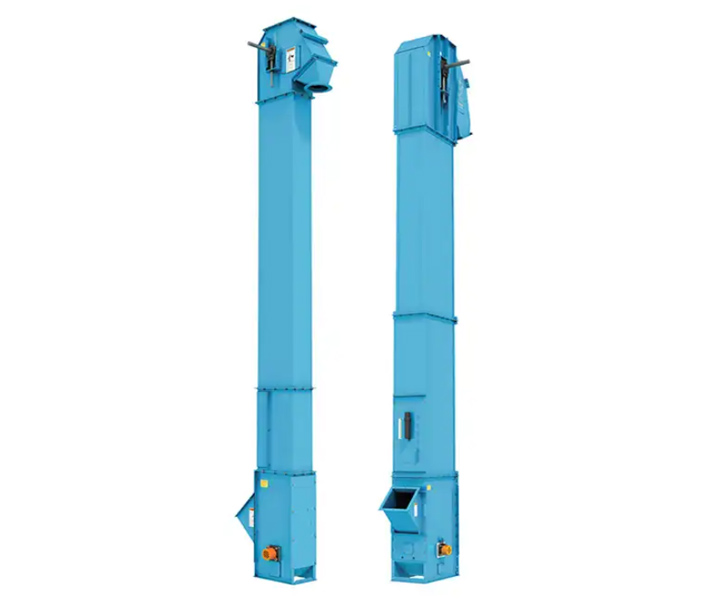
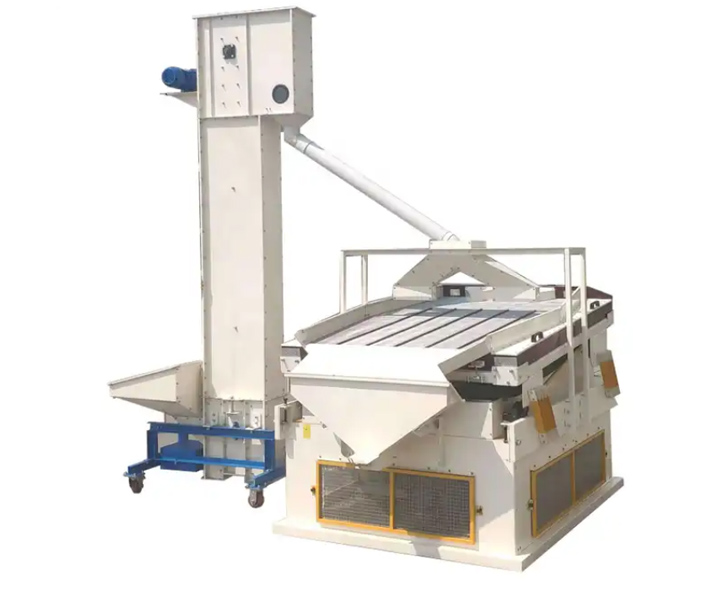


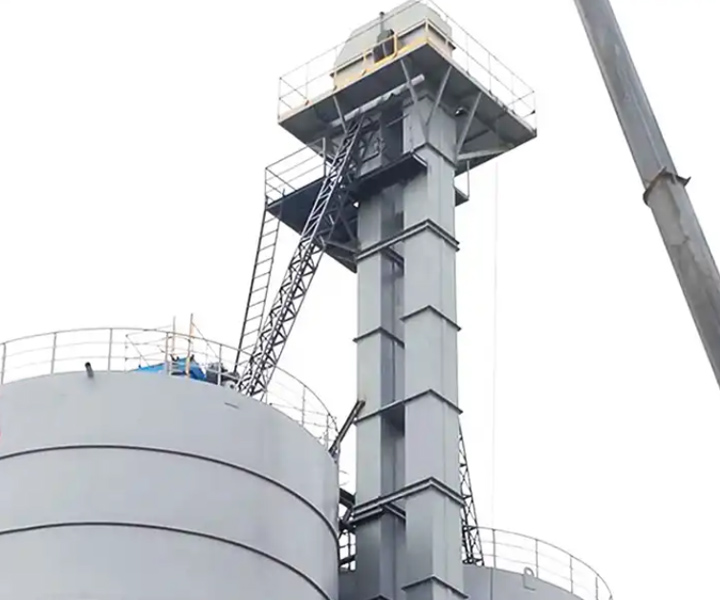





Stone powder bucket elevator is a machine that continuously transports powdery and granular bulk materials.
![]()
![]()
Price:$800.00-$3,000.00/Set
Consult now and enjoy a 10% discount
Type: Belt/Chain
Material particle size: 25-70mm
Lifting capacity: 5.4-142 tons/hour
Lifting height: ≤40 meters
Lifting speed: 1.4-2 m/s
Material: carbon steel, stainless steel
Application: Suitable for cement, electric power, metallurgy, chemical industry and other industries.
Commitment:Free Shipping/5 Days Delivery/30-Day Returns/Support Customization
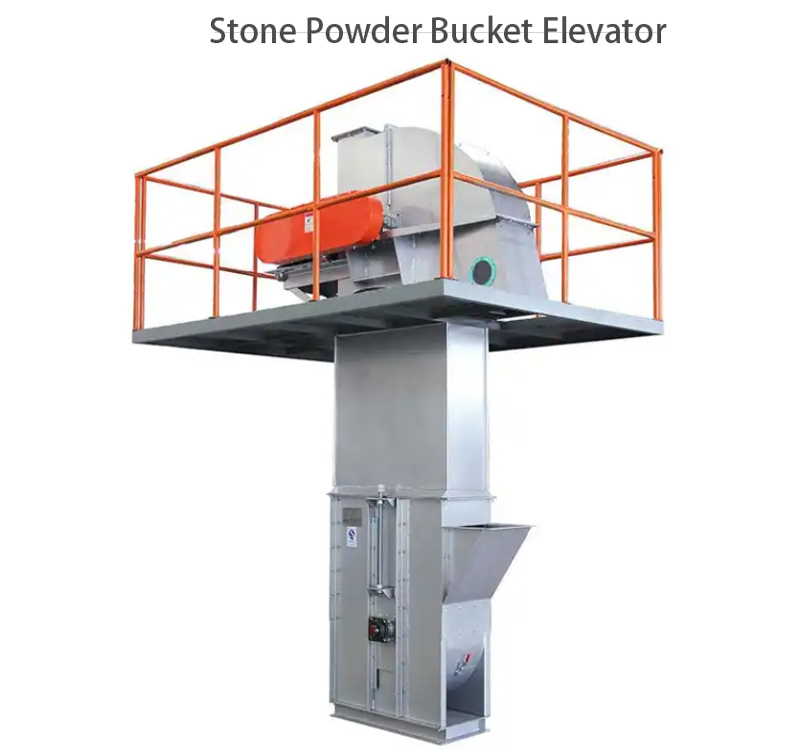
Stone powder bucket elevator is a type of mechanical equipment used for vertical transportation of stone powder or other fine powders in industrial applications. It is designed to efficiently lift the powder from one level to another, such as from ground level to a storage bin or from a storage bin to processing equipment.
Stone powder bucket elevators find application in industries such as mining, construction, ceramics, chemical processing, and cement production. They facilitate the vertical transportation of stone powder for storage, mixing, blending, packaging, or further processing. The capacity and design of a stone powder bucket elevator can vary based on factors such as the bulk density, particle size distribution, and flow properties of the powder.
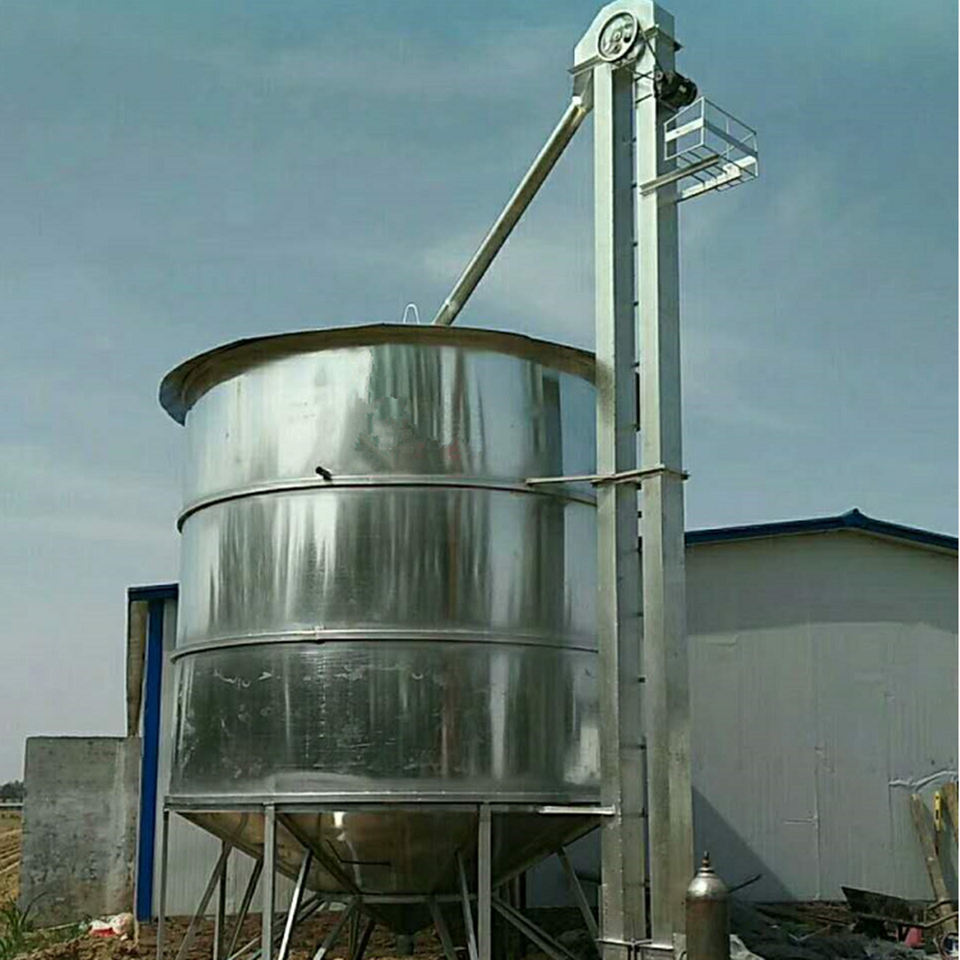
Stone powder bucket elevator is widely used in various industrial occasions that need to transport fine powder vertically. Some common applications for stone powder bucket elevators include:
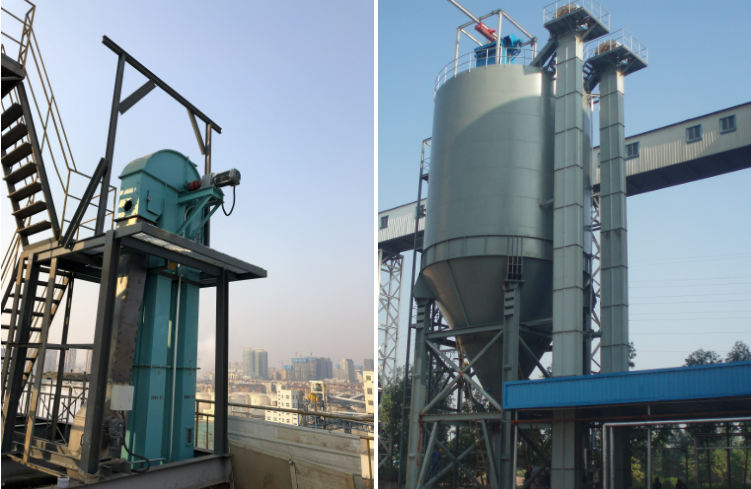
1. Construction industry: used for handling and transporting fine powder, such as limestone, marble powder, granite powder and cementitious materials. These powders are commonly used as additives in concrete production, mortar mixing, plastering and other construction applications.
2. Mining and quarrying industry: used to transport finely crushed or ground stone powder. These powders may be a by-product of crushing operations or obtained through the grinding process. They are used in a variety of applications including concrete production, asphalt mixes, building fills and landscaping.
3. Ceramic and glass manufacturing: Fine powders such as feldspar, silica, kaolin and clay are transported vertically for mixing, blending and molding operations. These powders are important ingredients in the production of tiles, tableware, sanitary ware, glassware and refractory materials.
4. Abrasives and polishing: Stone powder bucket elevators are used in industries that produce abrasives and polishing compounds. Fine powders such as diamond dust, alumina and silicon carbide are transported vertically for mixing, packaging and dispensing. These powders are used in applications such as grinding, polishing, sanding and surface finishing.
1. Efficient vertical transportation: designed to efficiently lift and transport fine powder vertically from one layer to another. They can handle large volumes of powder, enabling high volume transport and minimizing the need for manual handling or alternative powder transfer methods.
2. Mild treatment: designed to treat fine powders gently, minimizing powder degradation and maintaining particle integrity. The bucket is constructed to prevent spillage and reduce shock, ensuring smooth powder transport without unnecessary wear or breakage.
3. Space optimization: Compared with alternative methods of vertical powder transportation, such as inclined conveyors or manual labor, the stone powder bucket elevator occupies a relatively small footprint. This allows for better use of space within industrial facilities, optimizing layout and workflow.
4. Dust control: Fine powder, including stone powder, will generate a lot of dust during handling and transportation. Stone powder bucket elevators often employ dust control measures, such as dust collection systems, to capture and contain dust particles. This helps maintain a clean work environment, improves air quality, and reduces the risk of dust-related hazards.
| Model | Max Feed Size (mm) | Capacity (Ton/Hour) | Lifting Speed (m/s) | Belt Width (mm) | Lifting Height (m) |
| TD160 | 25 | 5.4-16 | 1.4 | 200 | <40 |
| TD250 | 35 | 12-35 | 1.6 | 300 | <40 |
| TD315 | 45 | 17-40 | 1.6 | 400 | <40 |
| TD400 | 55 | 24-66 | 1.8 | 500 | <40 |
| TD500 | 60 | 38-92 | 1.8 | 600 | <40 |
| TD630 | 70 | 85-142 | 2 | 700 | <40 |
The flow properties of stone powder can significantly impact the design and capacity considerations of a bucket elevator. Understanding the flow properties is crucial to ensure efficient and reliable operation of the equipment. Here are some ways in which the flow properties of stone powder can influence the design and capacity of a bucket elevator:
1.Bulk density: The bulk density of the stone powder, which refers to the mass per unit volume, affects the load-carrying capacity of the buckets and the power requirements of the elevator. Powders with higher bulk densities are generally heavier and require stronger buckets and a more robust drive system to handle the increased weight.
2.Particle size and shape: The particle size distribution and shape of the stone powder particles can impact the flowability and ability to fill the buckets effectively. Powders with a wide particle size distribution or irregular particle shapes may exhibit poor flow characteristics, leading to uneven filling of the buckets and potential issues such as blockages or reduced capacity.
3.Cohesiveness: Cohesive powders tend to stick together and can create flow problems in bucket elevators. If the stone powder is cohesive, it may cling to the bucket surfaces or form arches or ratholes in the elevator, impeding smooth and consistent material flow. Special measures, such as bucket design modifications or the use of flow aids, may be necessary to overcome cohesive behavior and ensure reliable powder transportation.
4.Angle of repose: The angle of repose is the maximum angle at which a pile of powder can maintain stability without flowing. It is influenced by factors such as particle size, shape, and surface properties. If the angle of repose of the stone powder is high, it may require specific bucket geometries, discharge chute designs, or other flow-promoting features to prevent material buildup or flow disruptions in the elevator.
5.Flow rate and discharge pattern: The desired flow rate of the stone powder and the required discharge pattern at the output of the bucket elevator should be considered during the design process. The elevator's capacity, speed, and bucket size need to be selected to accommodate the desired flow rate and ensure smooth and controlled discharge of the powder at the desired location.
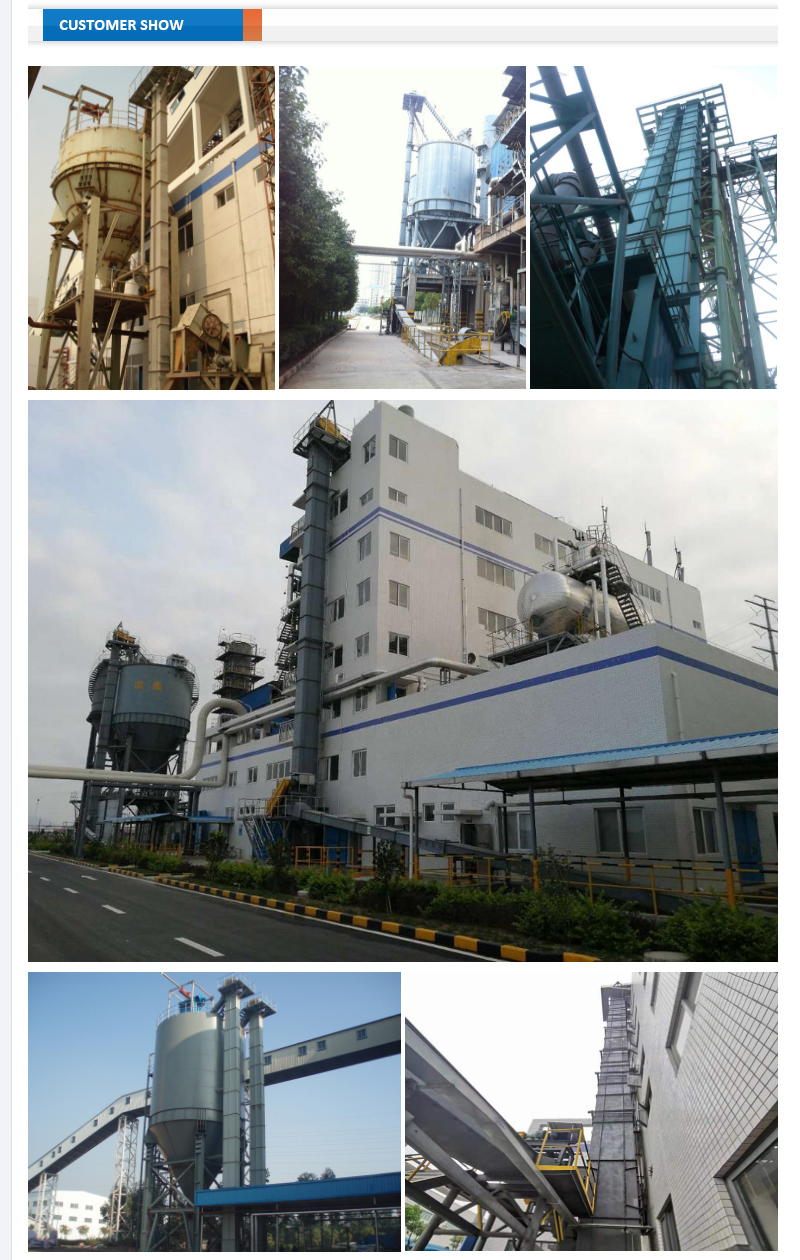
Address:China,Yanjin county forest park gate to the west 1000 meters north road.